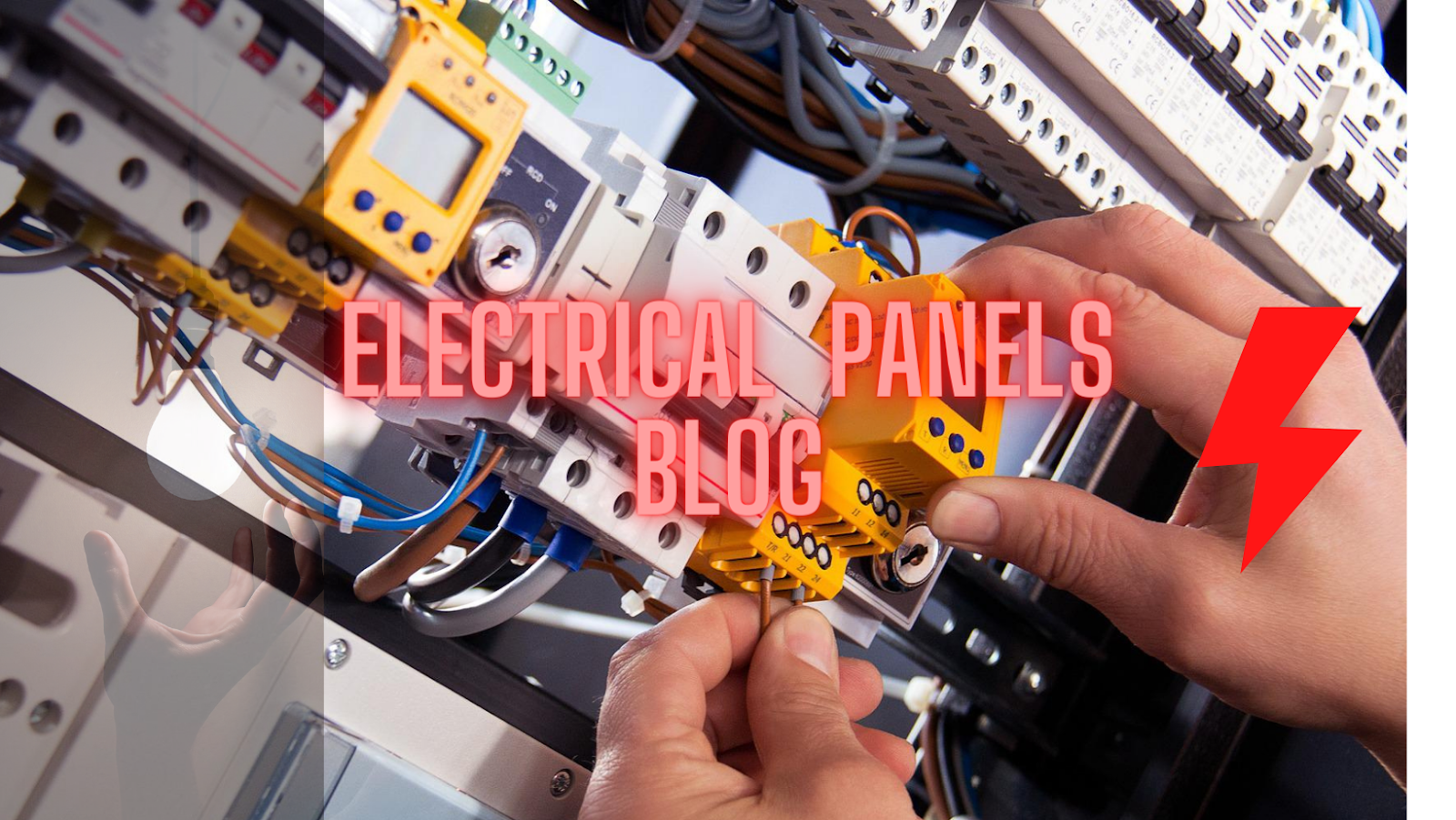IEC 60439-1, defines a PTTA as:
‘A low-voltage switchgear and controlgear assembly, containing both type-tested and nontype-
tested arrangements provided the latter are derived (e.g. by calculation) from type tested
arrangements which have complied with the relevant tests’.
This means:
• The assembly will be derived from a Type Tested Assembly.
• Deviations from the tested configuration are only permitted provided they can
be verified by calculation or equivalent methods. Such methods have their
limitations which must be fully understood and, where appropriate, allowed for
through safety factors in the analysis.
• As a means of demonstrating design compliance with the Standard,
manufacturers must have available Type Test documentation for the original
design and any calculations relating to modified elements.
• The Assembly will consist, as far as practical, of a series of standard elements
configured to suit a particular application. Customisation should be restricted to
situations where it cannot be avoided, e.g. facilities for terminating over size
cables, use of an alternative tested component, etc.
• All components and devices will be fully Type Tested to their respective product
standards. Documentation will be available for examination.
• Combinations of Type Tested components and devices installed in an otherwise
untested Assembly are not covered by this definition and the Standard.
(BEAMA Installation)








